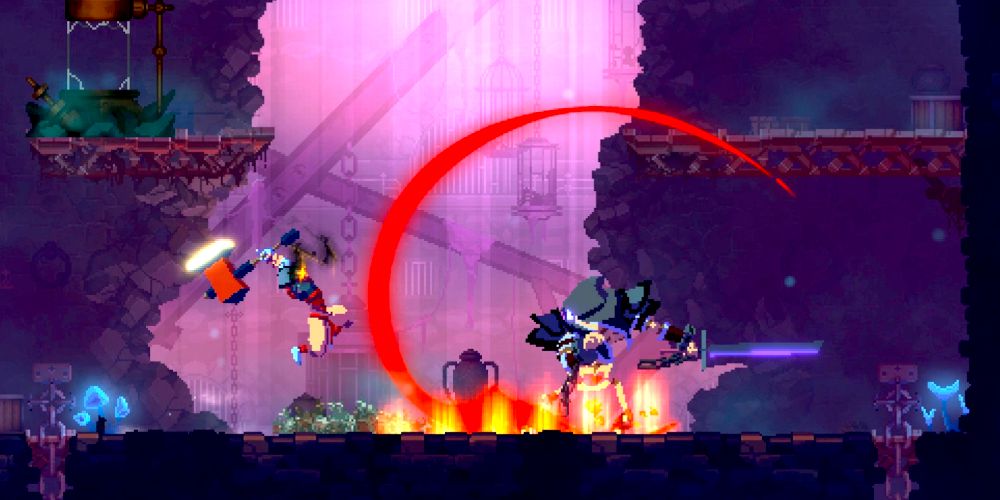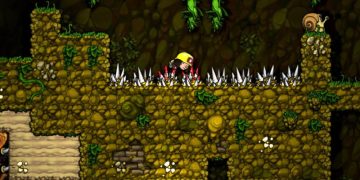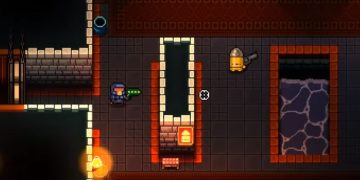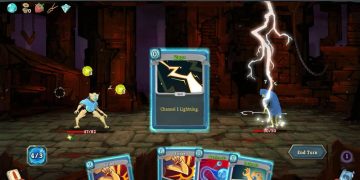Take your pick of any ten video games from the past few years—doesn't matter which system they're on—and I bet at least three of them have some degree of roguelike elements.
One of them may even use the term "roguelike" directly in their marketing strategy for the game.
Am I exaggerating? Maybe, but more and more it feels like I'm not. Roguelikes, roguelites, and roguelike elements have infiltrated pretty much every aspect of modern gaming.
Where did this type of gameplay come from? Why are roguelike mechanics so popular? And how come so many different gaming genres are now incorporating these elements?!
The Roots of Rogue (And Roguelikes)
The term "roguelike" itself comes from a genre of games that were designed to be... well, "like Rogue." But before we can appreciate why Rogue spawned imitators, we need to go back further.
Colossal Cave Adventure (also known simply as Adventure), which was developed by William Crowther and Don Woods between 1975 though 1977, was the first notable text adventure game.
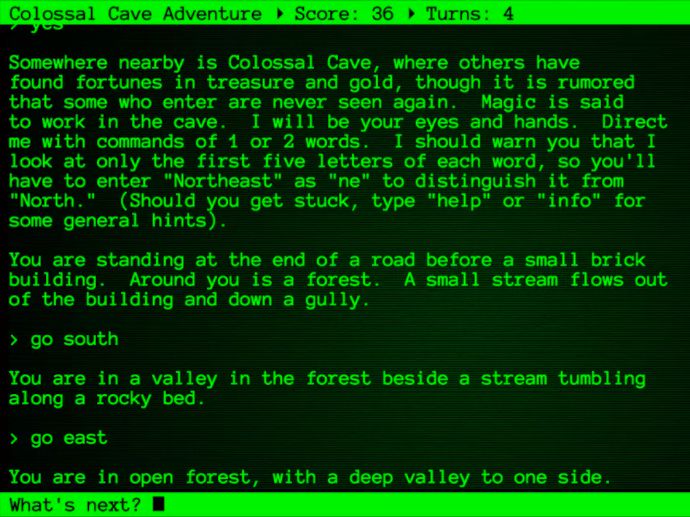
It was mainly popular among programmers and students, as these were the only people with regular computer access at the time.
One of these Adventure fans was Michael Toy, a computer science student at the University of California at the time. The Adventure game engaged him so much that he wanted to develop something similar of his own, but with more variation.
Because once you knew how to beat Colossal Cave Adventure, that was it. Adventure was a static game that played the same every time. Toy wanted a similar experience, but one where even he—as the creator—wouldn't always be able to win.
This lead to the creation of Rogue:
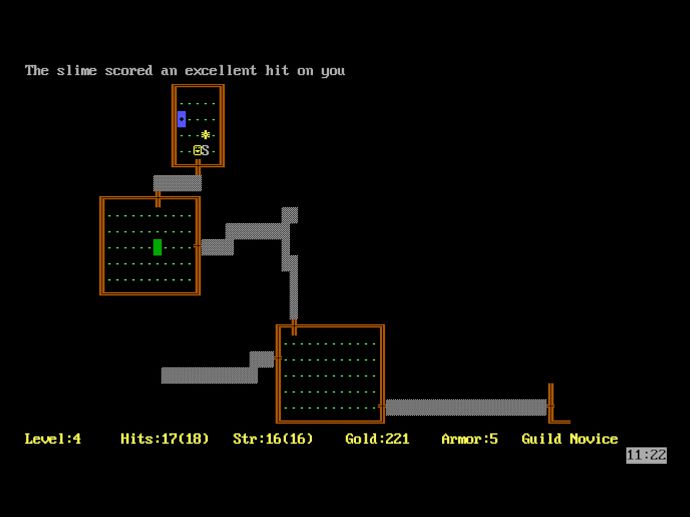
Michael Toy started work on Rogue with Glenn Wichman, taking advantage of a new-at-the-time software library that allowed them to represent the game world using ASCII text and symbols.
This wasn't just a graphical update to the word-based gameplay of Colossal Cave Adventure and Zork and others like it; the graphical representation of environments and objects made it possible to randomize level layouts, item locations, monster behavior, etc.
And with that, the magic of Rogue was born.
The Birth of the First Roguelike Games
Rogue was extremely popular among computer enthusiasts, who were quickly growing in number. This meant that more and more of them wanted to take their own stab at developing similar games.
For example, Moria was a take on Rogue with various aspects inspired by the lore and story of The Lord of the Rings. Hack was another take on Rogue, except with a greater focus on shops, items, and monster encounters.
All kinds of "roguelike" games came out in the years following Rogue, but they all spun off of Rogue's approach.
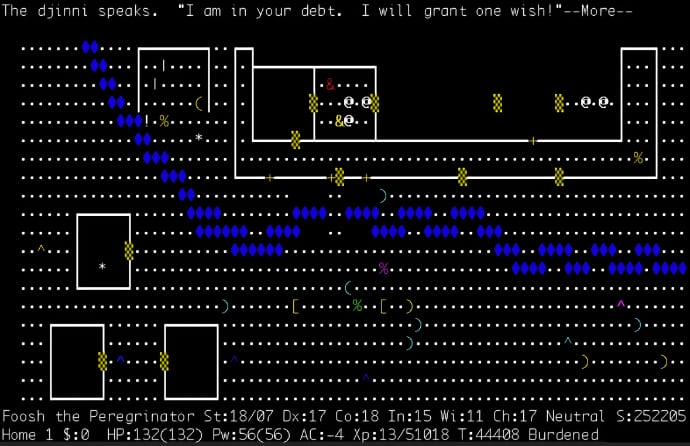
And for a long time, the best known of these Rogue-inspired ASCII games was one called NetHack.
As implied by its name, NetHack was based on the original Hack mentioned above—but NetHack was uniquely (for the time) open-source. Instead of being developed by one or two creators, NetHack was a collaboration between many over the internet.
This meant many things, but the biggest benefit was the ability to fix bugs and add new features really quickly.
But one thing was always lacking in roguelikes: true graphics.
Diablo Was Almost a Roguelike Game
Throughout the 1990s, video games—especially PC games—made all kinds of advancements as far as graphical fidelity, texture quality, art styles, and all things visual.
But the evolution of gameplay depth lagged far behind, and many video games continued to deliver shallow experiences.
Even though it would still be many years before the mainstream popularization of roguelike mechanics, it was actually during the 1990s when game developers first began adapting Rogue-inspired gameplay to modern (at the time) video games.
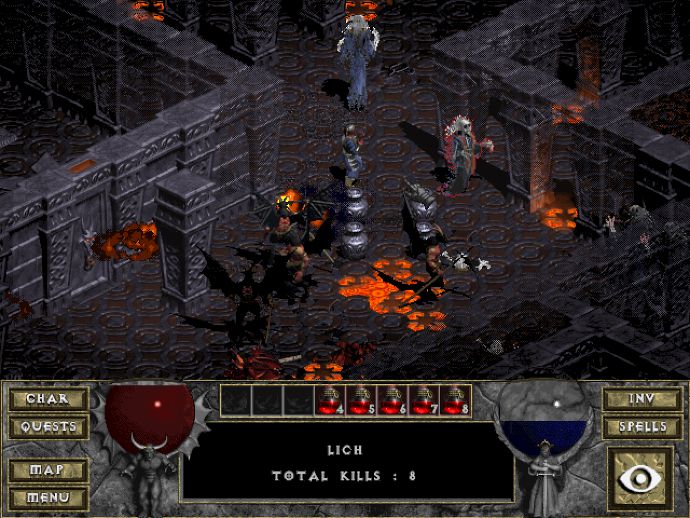
For example, Blizzard's Diablo found many of its ideas in roguelikes of the times, particularly Moria. In fact, according to creator David Brevik, Diablo was originally meant to be a turn-based game that played a lot more like the classic roguelikes that inspired him.
While the Diablo we got isn't a roguelike per se, you can still see the original inspiration: you enter a dungeon, proceed down floor after floor, killing monsters and finding loot, allowing you to dive further until you can kill the big bad boss.
And it wasn't just Western games that were Rogue-inspired!
In Japan, video games like Shiren the Wanderer and the entire Mystery Dungeon franchise took the basic concept of roguelikes, made them look nicer, and added elements of their own—and this was way back in 1995 on the Super Nintendo!
The Roguelite Game Changed Everything
While roguelike games had a lot going for them, they also had some seriously hardcore mechanics that were offputting for a lot of potential players—namely, permadeath.
In any true roguelike game, death is the end of your run. Once you die, you have to start over from the beginning. But because the level layouts are randomized, you can't practice or memorize your way to success (as you could in, say, Super Mario Bros).
That's where the first roguelite (with a "T") game comes in.
Games like Spelunky and FTL took the difficulty, randomness, and permadeath aspects of roguelikes and ran off in different directions—while they weren't true roguelikes, they were similar.
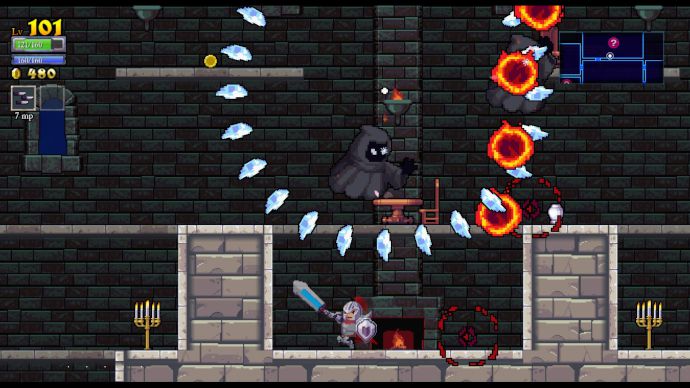
But then games like Rogue Legacy, Dead Cells, and Crypt of the NecroDancer kept the "fun" aspects of roguelikes (e.g. procedurally generated content) but threw away the "unfun" aspects (e.g. permadeath).
In these lighter-style games—hence called "roguelites"—you often still have one death per run, and you still have to start over when you die...
...but the difference is that there's usually some form of "carryover progress" between deaths. You have to start over, but you don't start over from scratch.
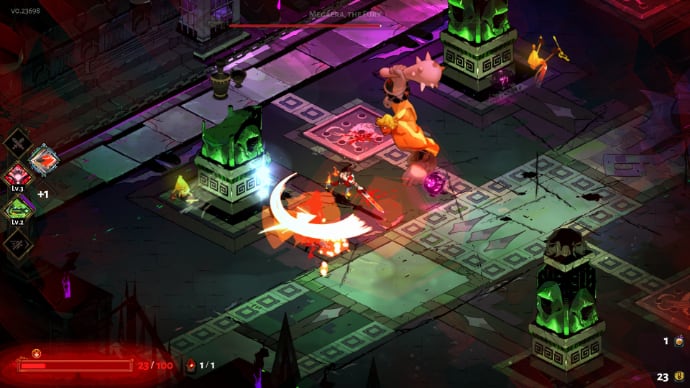
One of the most recent examples of a video game that takes the roguelike concept and runs with it is Hades. In Hades, death is not only a gameplay element but a major element in the game's narrative. You get stronger with every run, but have plenty of ways to keep the challenge difficulty high.
At the end of the day, roguelite gameplay is a win-win for both developers and players.
For developers, lots of gameplay variation can come out of procedural generation—much more than you can create by hand. For players, procedural generation keeps every run feeling novel, which lends to replayability, and the threat of death maintains the thrill of staying alive and the challenge of making it further.
Roguelike Gameplay Is Here to Stay
In gaming, we often see trends and fads where every developer and publisher seemingly hops onto the same big idea.
For a while, it was the MOBA genre, which exploded in popularity with the success of games like Dota 2 and League of Legends. More recently, it's been the battle royale genre, thanks to the money-printing machines known as Fortnite and Apex Legends.
Both of these trends have hit their peaks and the gaming landscape is slowly moving on. But other trends are way more robust, and they're so beloved that they'll never die.
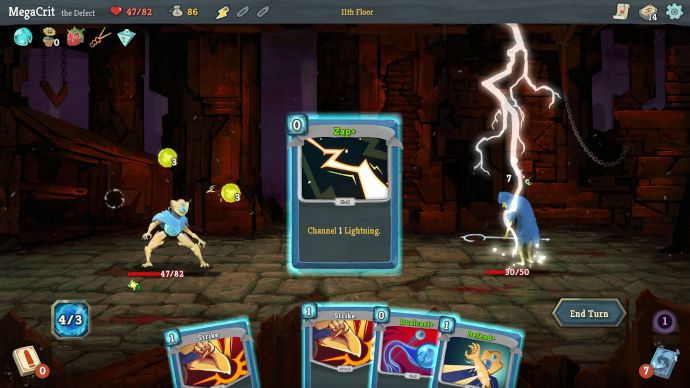
The most glaring example of this is "RPG elements." At one point, this was a term that every publisher tossed around when marketing their games. Nowadays, we barely think of them as RPG elements—they're just part of how games work.
If I was a betting man, I'd say that roguelike elements fall into the latter group. Now that Pandora's box of procedural generation has been opened, there's no way it can be closed.
Sure, we're still in a roguelike boom right now, and we might see a gradual move away from it when there's another trend on the horizon. But the roguelike elements themselves will never go away; like RPG elements, they'll always be here.
